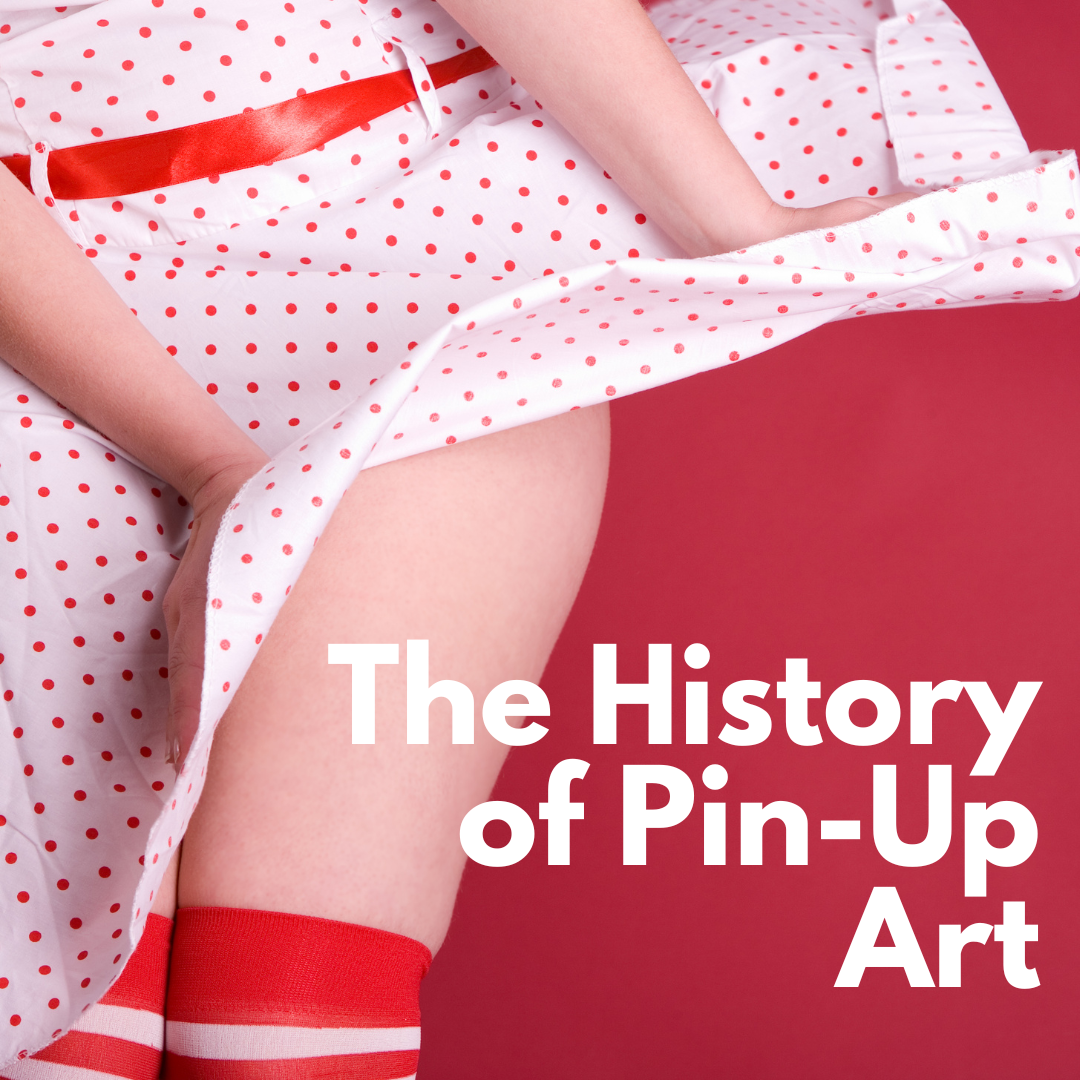Pin-up art, also known as cheesecake or glamour art, is a style of artwork that depicts attractive and often scantily clad women in a playful or seductive manner. The term “pin-up” originally referred to the practice of displaying photographs or illustrations of these women on walls or bulletin boards, often in male-dominated spaces like barracks or garages.
The origins of pin-up art can be traced back to the late 19th and early 20th centuries, when mass-produced prints of beautiful women were popularized in Europe and America. These prints often featured actresses or singers, and were marketed to the growing middle class as affordable art for the home.
In the 1920s and 30s, pin-up art began to evolve into a distinct genre. Artists like Rolf Armstrong and Alberto Vargas created highly stylized illustrations of glamorous women, often posing in provocative or suggestive ways. These images were used in advertising campaigns for everything from cigarettes to soap, and quickly became an iconic part of American popular culture.
During World War II, pin-up art took on a new significance. The images were popular among soldiers and sailors, who hung them in their barracks or carried them with them on overseas deployments. The images were seen as a way to boost morale and remind the troops of what they were fighting for. Many famous pin-up artists, including Gil Elvgren and George Petty, created artwork specifically for military publications like Yank and Stars and Stripes.
After the war, pin-up art continued to be popular, but it also faced increased scrutiny from moralists and feminists who saw it as objectifying and exploitative of women. In the 1950s, as the sexual revolution began to take hold, pin-up art became even more risqué, with artists like Bettie Page and Bunny Yeager pushing the boundaries of what was considered acceptable.
Today, pin-up art continues to be a popular style, both as a nostalgic throwback to an earlier era and as a celebration of female sexuality and empowerment. Contemporary artists like Olivia De Berardinis and Robert Alvarado have updated the style with new techniques and subject matter, while still paying homage to the classic pin-up artists of the past.
In conclusion, pin-up art has a rich and varied history that reflects the changing attitudes towards women and sexuality in American culture. From its origins as mass-produced prints to its role in boosting morale during wartime, pin-up art has remained an enduring and iconic part of American popular culture.

